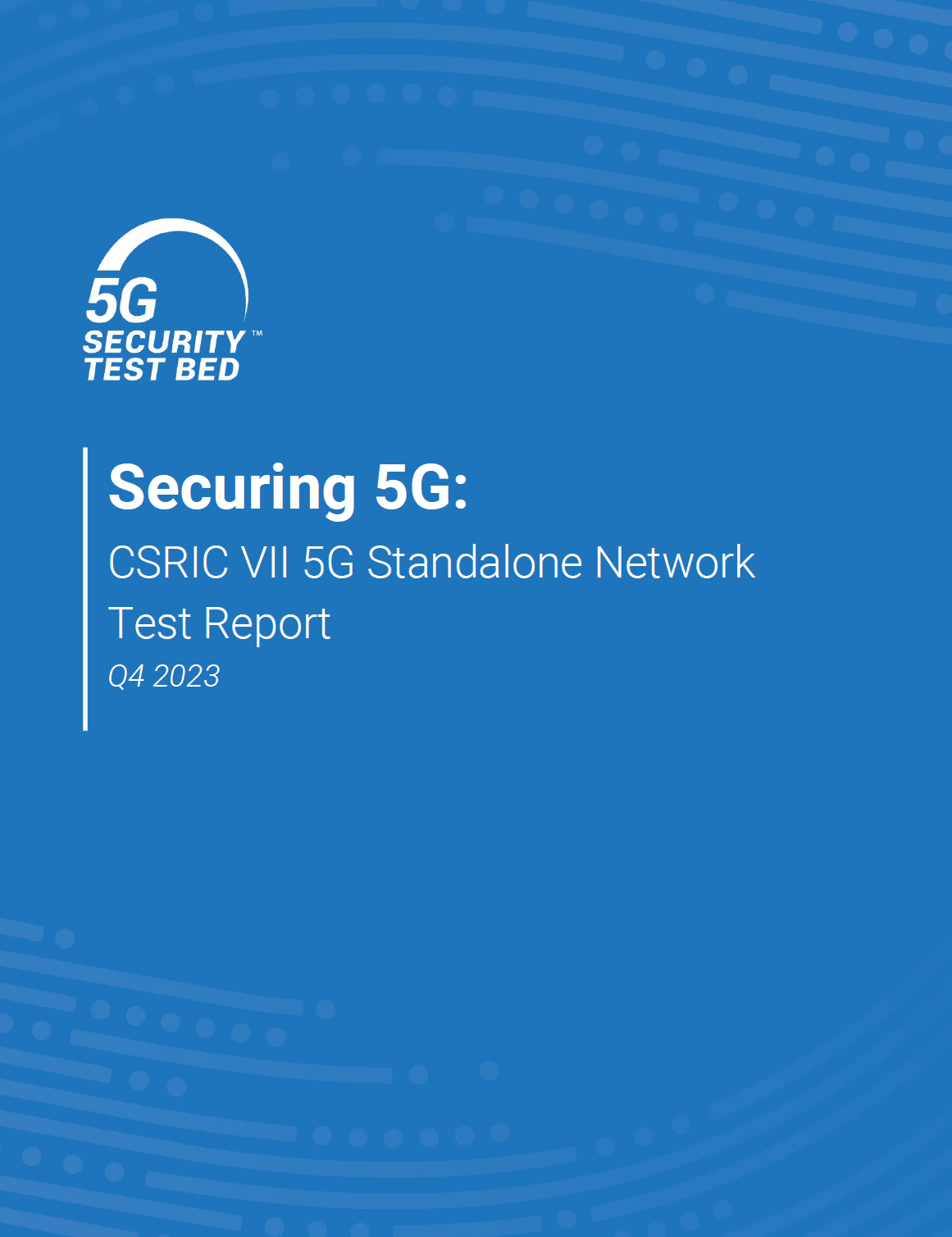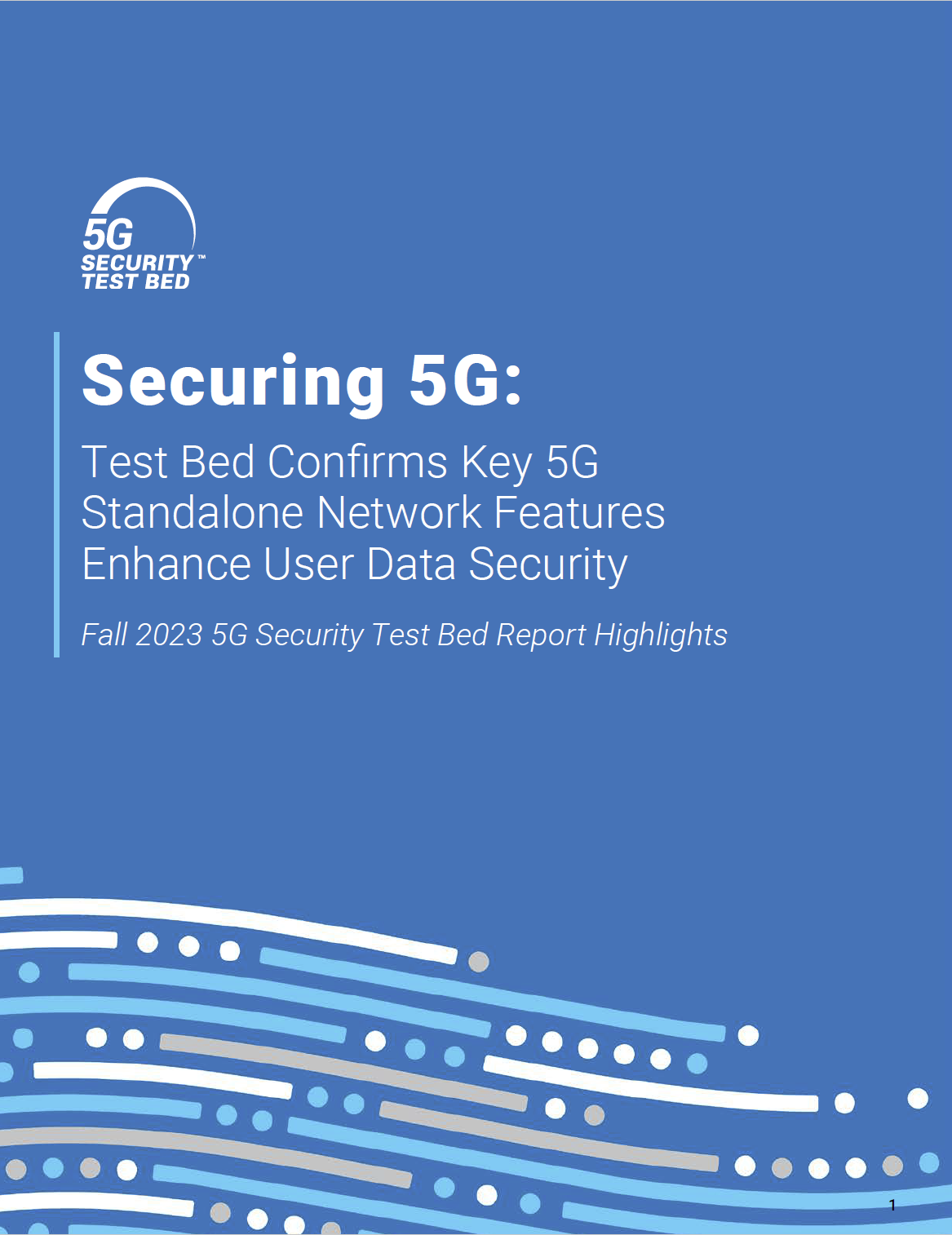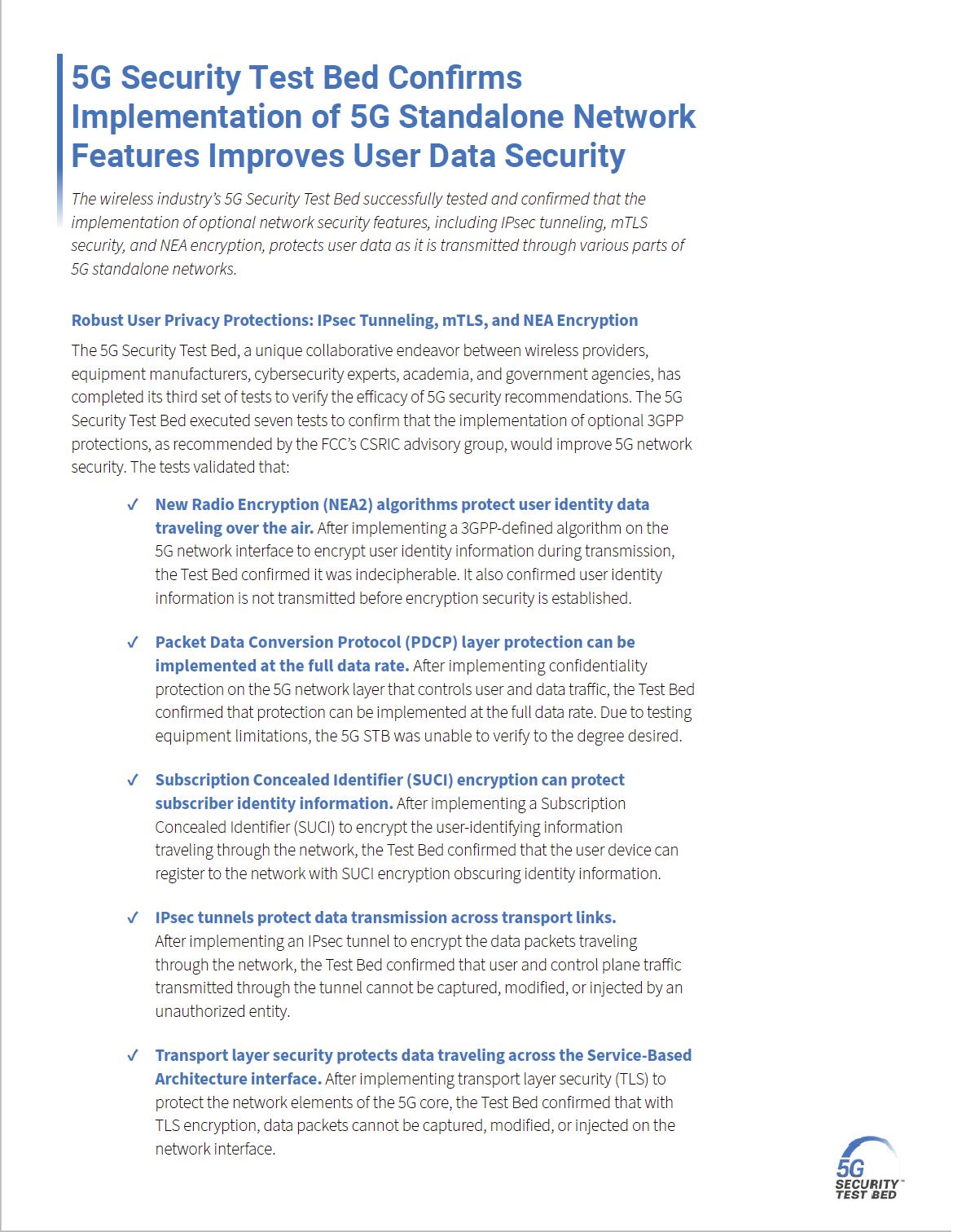For this round of tests, the 5G Security Test Bed set out to test recommendations from the FCC’s Communications Security, Reliability, and Interoperability Council VII (CSRIC VII) advisory committee. CSRIC VII Working Group 3 worked to identify and evaluate optional features in 5G standards, developed by the international standards body 3GPP, that would potentially cause security gaps in 5G architectures if not implemented. Based on its assessment, CSRIC made several recommendations, which the 5G Security Test Bed verified through this round of tests.
Access the full technical report, highlights summary, and one-pager.
The tests validated that:
- New Radio Encryption (NEA2) algorithms protect user identity data traveling over the air.
- Packet Data Conversion Protocol (PDCP) layer protection can be implemented at the full data rate.
- Subscription Concealed Identifier (SUCI) encryption can protect subscriber identity information.
- IPsec tunnels protect data transmission across transport links.
- Transport layer security (TLS) protects data traveling across the Service-Based Architecture interface.



The Technical Report includes the full technical details of the tests, their execution, and results. The Highlights Summary is a shorter paper highlighting the key points of the main paper and is meant for non-technical audiences who are interested in some level of detail. The One-Pager provides a very high-level summary of the test cases and their applications.
